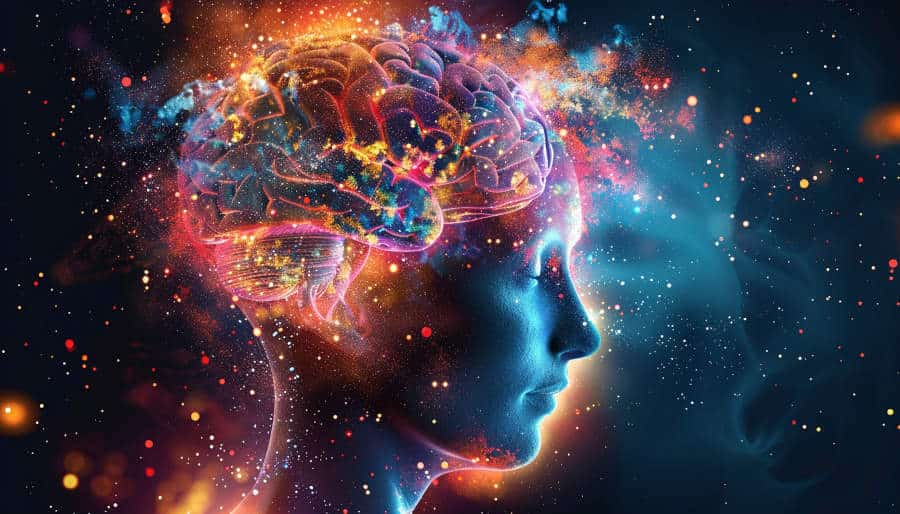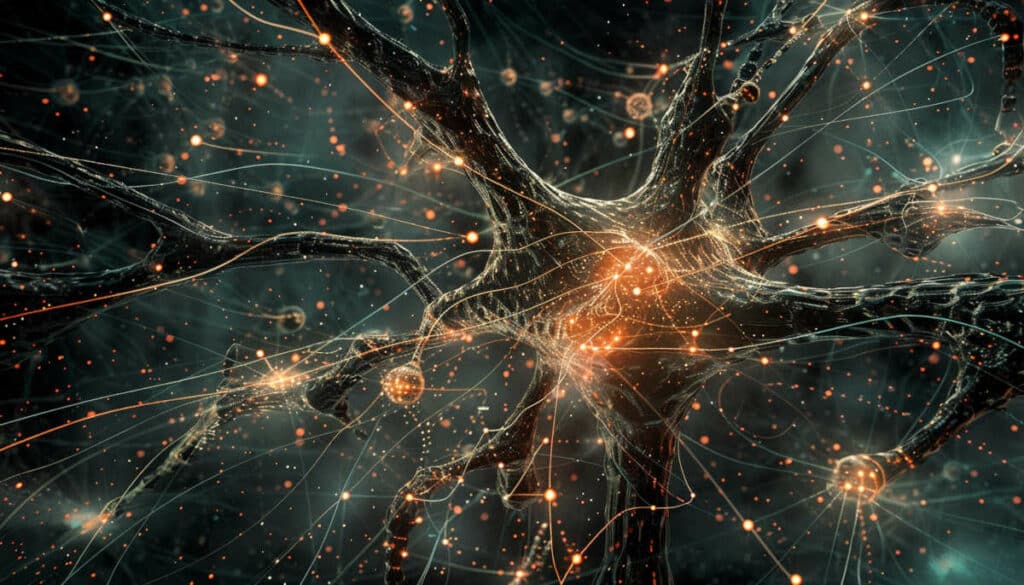The analysis of brain function is a complex and ever-evolving field. According to various studies, the brain employs its unique algorithm for foretelling future sounds and visuals: predictive coding. In this article, we'll delve into predictive coding, essentially the brain's innate algorithm for predicting its surroundings.
What is predictive caption?
Our brain is adept at formulating a complex and sophisticated model from its cognitive experiences. Consequently, it can predict future events and prepare for them. Utilizing this model, it achieves remarkable accuracy in recognizing people, sounds, or images based on past encounters. By pre-empting its environment rather than scrutinizing every detail at each instant, the brain lessens cognitive load, leading to time savings and enhanced efficiency. A discrepancy between its prediction and the actual outcome triggers a surprise effect.
The surprise effect
Predictive coding relies on the information anticipated by the brain and its prior knowledge. When the brain encounters information it hasn’t correctly anticipated, it results in a prediction error: a variance between the expected outcome and the real one. This discrepancy leads to the surprise we feel when faced with unforeseen information. It induces our brain to adapt and refine its model, enabling better foresight in similar situations ahead. This iterative refinement process facilitates its continuous enhancement in comprehending our world.
Predictive coding and autism
Recent studies indicate that a malfunction in this prediction system may explain the heightened sensitivity of individuals with autism towards sensory stimuli.
Consider a non-autistic individual entering a perfumery. Initially, the intense fragrance might be overpowering and unexpected, but eventually, the brain acclimatizes to the aroma, ceasing to focus on it. This adjustment occurs because the brain, after a period of adaptation, predicts the scent’s persistence and chooses to ignore this repetitive sensory input.
Conversely, an individual with autism might not be able to disregard this sensory data as easily. With each whiff, their brain perceives a fresh stimulus. The inaccuracies in their brain’s predictive model, provoked by an anomaly within this system, elucidate why the scent seems to reemerge with each occurrence, leading to discomfort with strong smells.

Predictive coding algorithm
Professor Karl Friston, a seminal figure in the study of predictive coding, has explored the specific algorithm the brain uses to predict its external milieu. He proposes that our brain likely employs an algorithm akin to the maximum likelihood estimation, or the EM algorithm (Expectation Maximization). The EM algorithm leverages available data to deduce statistical parameters using mathematical probability formulas for interpreting the surrounding world. The brain’s goal is to perpetually adjust its parameters and refresh its internal model to minimize the discrepancy between its predictions and reality. This algorithm is frequently utilized in the field of Machine Learning.
Signal compression for improved efficiency
Thanks to predictive coding, our brain doesn’t have to process every incoming signal but rather the error between the prediction and the actual result, which typically showcases lower variance. Thus, predictive coding strives to only encode this discrepancy, facilitating a more efficient signal compression. For instance, this method can be applied in video compression: certain pixels are consistent across multiple frames, therefore, recording these pixels incessantly is unnecessary.
These predictions are made based on the model and its intricacy. For example, in the case of an image, it might involve calculating the mean of adjacent pixels. Naturally, there exist much more complex models, which are beyond the scope of this discussion.
Conclusion
Predictive coding elucidates how our brain optimizes the processing of external stimuli by anticipating incoming data. It employs algorithms that are well-established in the Data Science domain. To dive deeper into data science technologies and prepare for a career in Data, consider joining DataScientest, which provides extensive educational programs.











